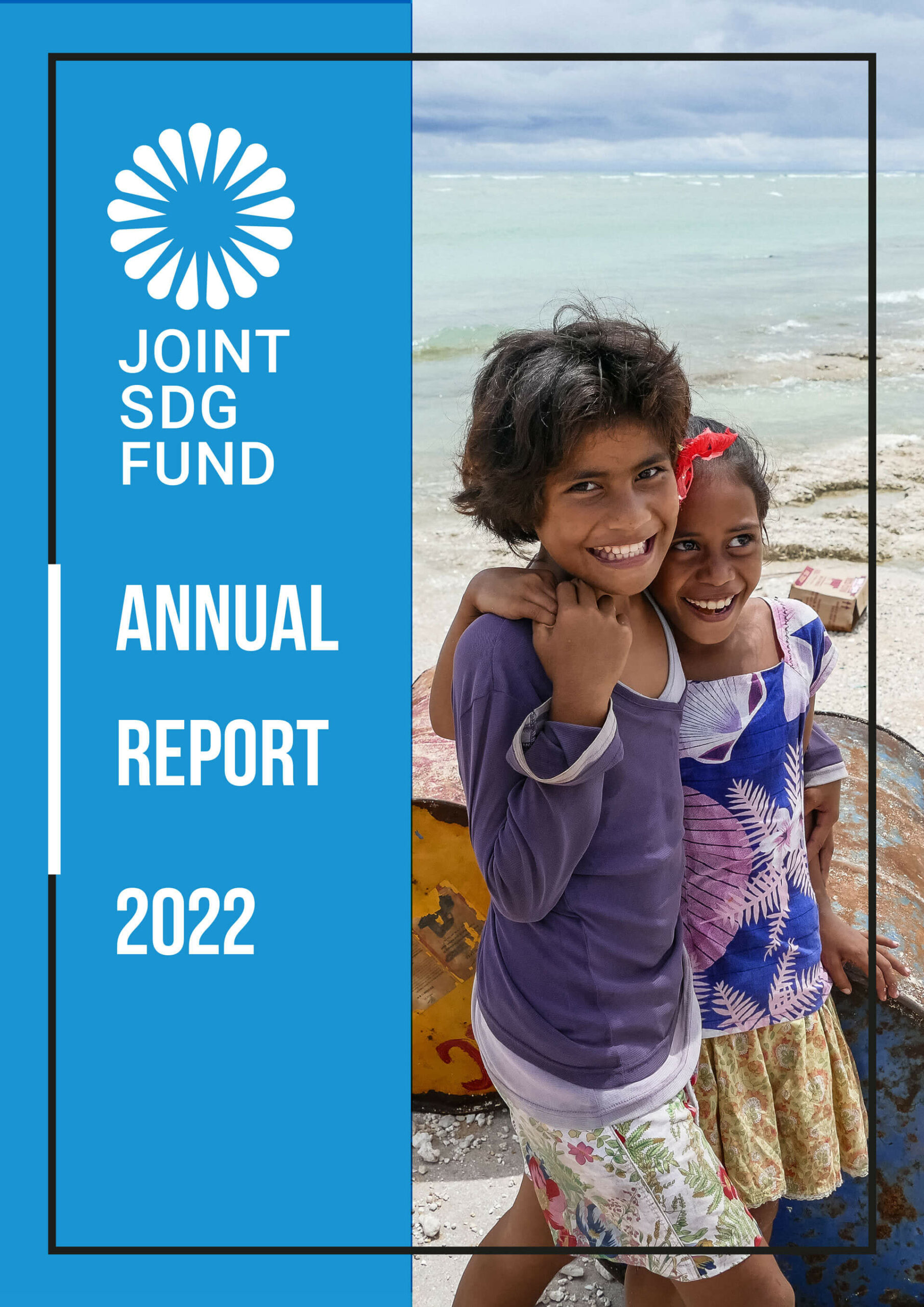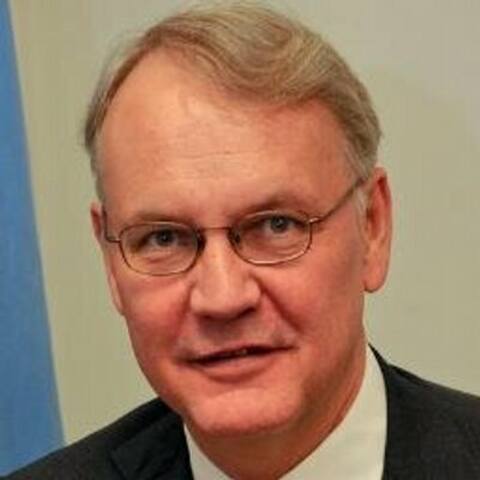Lever for UNDS reforms
In addition to incentivising transformative policy shifts that leverage the UN’s comparative advantage in such key areas as social protection, the Joint SDG Fund provides a vehicle for RCs to leverage significant amounts of SDG financing beyond that provided for the UN’s own in-country work. As such, it reinforces the key role of the RC in both designing joint initiatives and determining how they are implemented on the ground.
Further, in supporting funding that injects synergy into the UNDS rather than pulling it apart, the Joint SDG Fund builds on the underlying logic of the Funding Compact. Lessons learned from the past show that effective pooled funding can help drive greater coherence not only within the UN but across government. It can also help bring the normative and operational roles, and distinct capacities, of the UN together. Through focusing on the central, distinct role of the UN – leaving no one behind – and leveraging all of the organisation’s unique assets, the Joint SDG Fund has the potential to be a game changer.6
Competitive design and rigorous operational framework
The Joint SDG Fund has been designed with the following elements – key to the success of any joint programme – in mind: 1) a strategy that balances ‘quick wins’ and transformative results; 2) a clear theory of change for multi-sectoral SDG acceleration; 3) a clear focus on policy levers that produce catalytic, systemic change; 4) prioritising those left behind and mainstreaming human rights mechanisms; and 5) co-delivery of results through effective partnerships. Further, all concept notes/proposals undergo professional independent scrutiny based on rigorous technical assessment criteria, by both UN and external experts. Additionally, the fund contains an element of challenge and competition seen in few other UN pooled-funding instruments, with only 28% of the first call’s submissions approved to become full joint programmes.
While the COVID-19 pandemic has undoubtedly changed the world – including development financing – we do not as yet know to what extent. That said, as the UN Secretary-General has highlighted, the world’s roadmap remains the 2030 Agenda and the 17 SDGs, even if the journey towards them has potentially become longer and rockier. Given this, a robustly financed Joint SDG Fund focused on innovative social protection approaches and building back better seems even more important today than when it was originally conceptualised in the UN Secretary-General’s reform proposals of 2017. What is more, the pandemic has again highlighted the need for a reformed UNDS that can bring its collective strengths to the fore. Turning the SDG Fund’s potential into reality means honouring the Funding Compact’s commitments – member states, as well as private foundations and the private sector, need to contribute a minimum of US$ 290 million per year.
Read: Turning transformational potential into reality
![]()
This article was first published in Financing the UN Development System, a report by the Dag Hammarskjöld Foundation and the UN Multi-Partner Trust Fund Office.





















